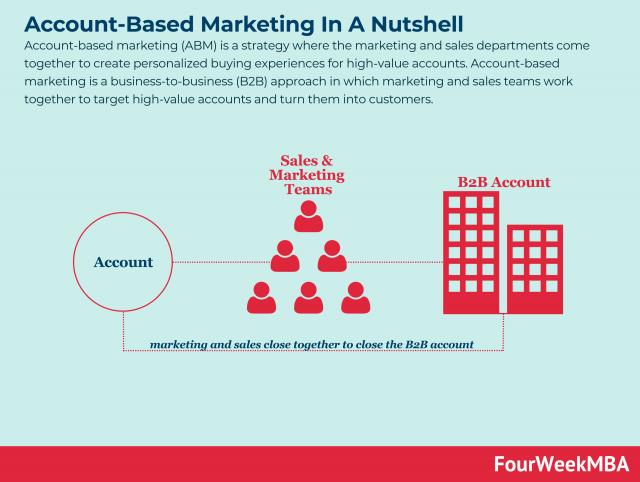Nostalgia Marketing is a marketing strategy that leverages sentimental or emotional connections to past experiences, memories, or cultural phenomena to evoke positive feelings and influence consumer behavior. By tapping into nostalgic sentiments, brands seek to create a sense of familiarity, comfort, and authenticity, ultimately fostering deeper connections with consumers and driving engagement, loyalty, and sales.
Related Articles
Key Concepts
- Emotional Resonance: Nostalgia marketing capitalizes on the emotional power of nostalgia, which involves a longing or fondness for past experiences, memories, or cultural icons. By evoking nostalgic feelings, brands can elicit positive emotions such as happiness, warmth, and comfort, creating a powerful emotional bond with consumers.
- Cultural References: Nostalgia marketing often incorporates cultural references, symbols, and imagery from specific time periods or eras that hold significance for target audiences. Whether referencing pop culture icons, fashion trends, or historical events, brands tap into shared cultural memories and experiences that resonate with consumers on a personal level.
- Brand Authenticity: Successful nostalgia marketing relies on authenticity and sincerity in portraying nostalgic elements and experiences. Brands must strike a balance between honoring the past and modernizing nostalgia for contemporary audiences, ensuring that nostalgic references feel genuine, relevant, and respectful of consumer sentiment.
Benefits of Nostalgia Marketing
Embracing nostalgia as a marketing strategy offers several benefits for brands and businesses:
- Emotional Connection: Nostalgia marketing fosters emotional connections with consumers by tapping into shared memories, experiences, and cultural references. By evoking positive emotions associated with the past, brands can create deep, meaningful connections that resonate with consumers on an emotional level.
- Brand Recall and Recognition: Nostalgic marketing campaigns often stand out in a crowded marketplace by leveraging familiar, iconic elements from the past. By evoking nostalgia, brands can increase recall and recognition among consumers, making their products or services more memorable and distinctive in the minds of consumers.
- Engagement and Loyalty: Nostalgia marketing can enhance consumer engagement and foster brand loyalty by eliciting positive associations with the brand. Consumers who feel emotionally connected to a brand through nostalgic marketing are more likely to engage with the brand’s content, share their experiences with others, and remain loyal customers over time.
Challenges and Considerations
Despite its effectiveness, Nostalgia Marketing comes with certain challenges and considerations:
- Cultural Sensitivity: Nostalgia marketing requires careful consideration of cultural sensitivities, historical context, and evolving social norms. Brands must avoid cultural appropriation, stereotypes, or insensitive references that may offend or alienate certain audience segments.
- Relevance and Appeal: Nostalgia marketing may not resonate with all target audiences equally, particularly younger consumers who may lack personal experiences or memories associated with nostalgic references. Brands must carefully assess the relevance and appeal of nostalgic elements to their target demographics to ensure effectiveness.
- Balancing Innovation and Tradition: While nostalgia marketing capitalizes on the appeal of the past, brands must also innovate and evolve to remain relevant in a dynamic marketplace. Balancing traditional nostalgic elements with innovative approaches and contemporary trends can help brands maintain relevance and appeal to diverse audience segments.
Strategies for Implementing Nostalgia Marketing
To effectively leverage nostalgia as a marketing strategy, brands can adopt several strategies:
- Know Your Audience: Conduct research to understand the demographic characteristics, preferences, and nostalgic triggers of your target audience. Identify shared cultural experiences, memories, and references that resonate with your audience and align with your brand’s identity and values.
- Create Authentic Connections: Incorporate nostalgic elements and references into your marketing campaigns in a way that feels authentic, genuine, and respectful of consumer sentiment. Avoid exploiting nostalgia for purely commercial purposes and instead focus on building meaningful connections with consumers based on shared experiences and values.
- Tell Compelling Stories: Use storytelling techniques to evoke nostalgia and emotional resonance with your audience. Share personal anecdotes, historical narratives, or cultural insights that highlight the significance of nostalgic references and create a sense of nostalgia-driven storytelling that engages and captivates your audience.
Real-World Examples
Nostalgia marketing is prevalent in various industries and sectors:
- Food and Beverage: Brands like Coca-Cola, Kellogg’s, and McDonald’s often incorporate nostalgic imagery, packaging, and advertising campaigns that evoke memories of childhood and past experiences. By tapping into nostalgia for iconic products and advertising campaigns, these brands create emotional connections with consumers that drive brand loyalty and engagement.
- Fashion and Apparel: Fashion brands like Levi’s, Adidas, and Nike frequently draw inspiration from retro styles, vintage designs, and cultural movements of the past. By reimagining classic fashion trends and incorporating nostalgic elements into their collections, these brands appeal to consumers’ desire for authenticity, heritage, and nostalgia-driven fashion experiences.
- Entertainment and Media: Film studios, television networks, and streaming platforms often capitalize on nostalgia by rebooting or reviving popular franchises, reimagining classic characters, and remastering beloved films and TV shows. By tapping into nostalgia for iconic cultural properties, these entertainment brands attract audiences of all ages who seek to relive cherished memories and experiences from the past.
Conclusion
Nostalgia marketing is a powerful strategy for brands seeking to create emotional connections, drive engagement, and foster brand loyalty among consumers. By tapping into shared cultural memories, experiences, and references from the past, brands can evoke positive emotions, increase brand recall, and differentiate themselves in a competitive marketplace. However, successful nostalgia marketing requires careful consideration of cultural sensitivities, relevance to target audiences, and authenticity in portraying nostalgic elements. By implementing thoughtful strategies and storytelling techniques, brands can leverage nostalgia as a compelling marketing tool to create memorable, meaningful experiences that resonate with consumers long into the future.
Visual Marketing Glossary
Account-Based Marketing
Ad-Ops
AARRR Funnel
Affinity Marketing
Ambush Marketing
Affiliate Marketing
Bullseye Framework
Brand Building
Brand Dilution
Brand Essence Wheel
Brand Equity
Brand Positioning
Business Storytelling
Content Marketing
Customer Lifetime Value
Customer Segmentation
Developer Marketing
Digital Marketing Channels

